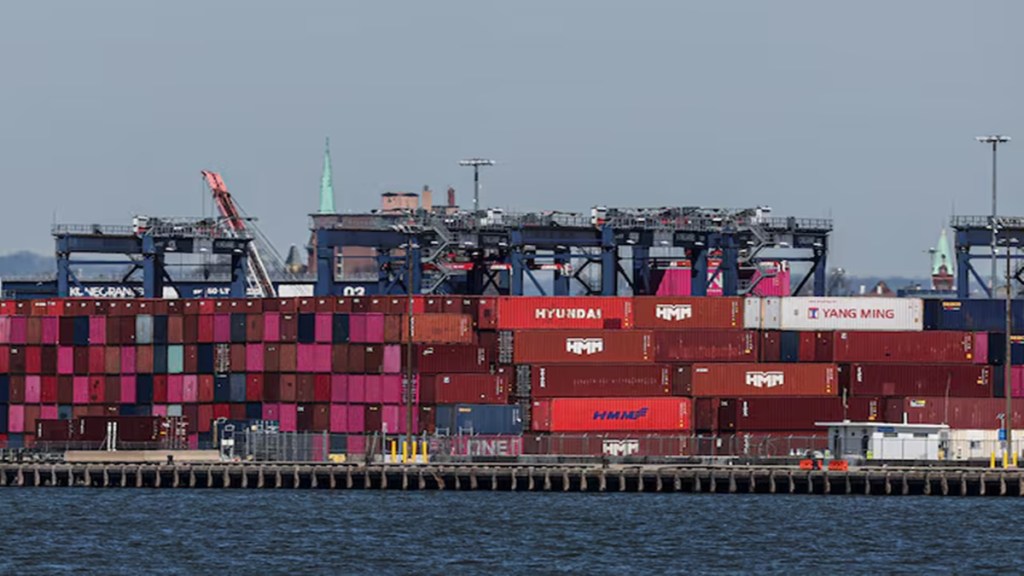The announcement of reciprocal tariffs by the US has led to buyers there seeking discounts of up to 25% from a section of Indian exporters on existing orders. Besides, inflows of new orders from the world’s biggest economy have come to a standstill, with no improvement in sight at least a month, trade sources said.
“Business from the US has reduced to the bare minimum. Buyers are reassessing whether the their market will accept 26% additional duty. Sellers on the other hand are assessing who will bear the burden of the duties on orders that are in hand,” chairman of Engineering Export Promotion Council Pankaj Chadha said.
Engineering sector accounts for more than a quarter of India’s exports. The US has 20% share of India’s engineering exports at around $ 20 billion. Around $ 5 billion of these exports are of steel and aluminium which have been slapped with 25% additional duties from March 12. Now the rest of the products also get covered. With levels of margins in single digits the sellers are in no position to absorb the tariffs, he added.
Even before the announcement of reciprocal tariffs on April 2, in anticipation of these tariffs the buyers and sellers were cautious on taking long-term commitments.
Apparel exporters have received requests for 20-25% concession from buyers in the US which they are in no position to give because of low margins, an exporter said. A delegation of the Apparel Export Promotion Council met Textile Secretary Neelam Shami Rao on Friday to discuss the evolving situation.
The apparel industry has asked the government to seek a 30-40 day window from the US to enable exports against existing orders before the new orders are booked taking into account the increased tariffs.
“Till the clarity is received on how tariffs will be adjusted between buyers and sellers the business has trickled down to bare minimum. For new orders the buyers are adopting a wait and watch approach,” Chadha said.
“For one month at least the new orders from US will stop as buying houses have got instructions to stop placing orders,” President of Federation of Indian Export Organisations (FIEO) S C Ralhan said.
From May onwards the order inflow will start again, he said adding that as India’s competitors like China, Vietnam, South Korea, Malaysia and Bangladesh have been slapped with higher tariffs buyers will prefer buying from countries where there are lower duties.
Exporters are pinning hopes on the Bilateral Trade Agreement (BTA) that both India and US are negotiating. This could bring down duties and create opportunities. Some leather sector exporters have already started talking to their buyers in the US on additional tariffs and their fallout.
A leather-sector exporter said that they have already started talks with the US buyers on the tariff issue and its fallout. “Buyers want us to share their losses. Some of them have asked us to hold the production for some time,” India’s leading footwear exporter and Farida Group Chairman Rafeeq Ahmed said.
Another fallout of tariffs that is worrying exporters is the contraction in US demand and market size because of reciprocal tariffs.

